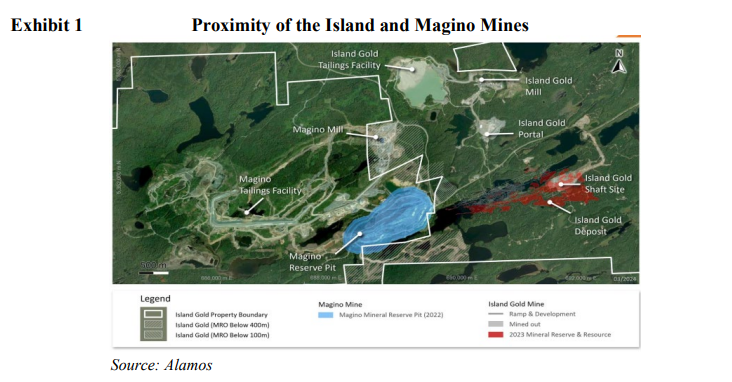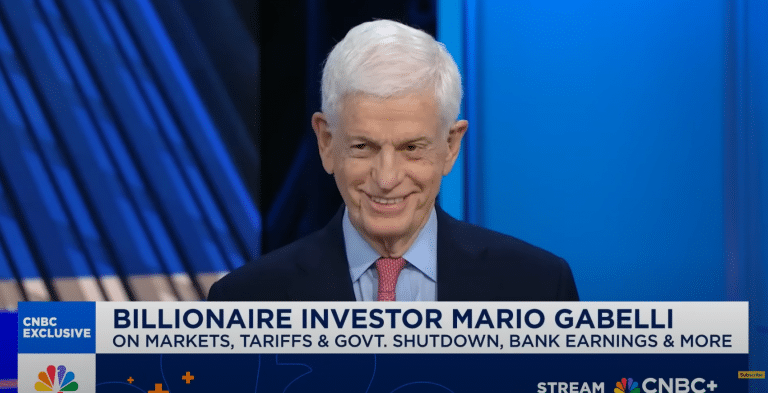
- Merger and acquisition activity is heating up in the gold mining sector.
- Deals are small and synergistic.
- Both buyers and sellers are benefiting in these transactions.
There has been a dearth of merger activity in the gold mining sector since the outbreak of COVID in 2020. The reasons for this lack of activity include:
- Potential buyers having to cope with the extreme disruption caused by COVID restrictions and the lack of labor availability at their operations.
- Uncertainty caused by rising operating and capital costs and an increasing cost of capital.
- Sellers concerns that their stocks are undervalued and a “fear of missing out” on a higher gold price.
These impediments to deal activity have lessened as:
- Cost inflation has started to ease.
- Free cash flow and cash balances have grown for producing companies.
- Sellers realize that the market is still not receptive to financing mine construction, except for world-class projects.
- The price of gold has risen from $2,000 per ounce to $2,350 per ounce.
Smart deals have ensued in which buyers with access to capital and operating expertise are acquiring smaller companies in need of both. Operating synergies are apparent. Below are details of some recent transactions involving holdings in the Gabelli Gold Fund:
- Alamos Gold has agreed to acquire the Magino mine in Ontario from Argonaut Gold. Alamos operates the Island mine which is adjacent to Magino. Alamos is in the process of expanding production at the Island mine. Argonaut recently completed construction of Magino after having experienced significant capital cost overruns during its construction. In acquiring Magino, Alamos will close the Island mill, shifting all processing to the Magino plant. Alamos will also not have to spend a projected $140 million of capital to expand the Island processing facility. Additionally, acquiring Magino will help with labor availability as the two companies no longer compete to hire and retain workers from the same labor pool. Argonaut’s substantial tax losses will accrue to Alamos such that cash taxes will be avoided for years in Canada and Ontario.

- Karora and Westgold agreed to merge in a stock-for-stock deal. Both companies operate mines in Western Australia. The combined company will be able to optimize equipment and labor availability amongst operating sites. Capital will be better allocated among the many exploration and development projects of the combined company.
- Perseus Mining agreed to acquire Orecorp for cash. Perseus operates three mines in West Africa. It has generated substantial amounts of free cash flow in the operation of these mines over the past few years, and has proven expertise in building mines. Orecorp is a single asset development stage company with a project in Tanzania. Perseus will use its large cash balance to build Orecorp’s project.
Stress can create opportunity. The stress is in the gold mining sector has created the opportunity to do synergistic, value-accretive, smart little deals in which both the buyer and seller benefit. As stress creates opportunity, the industry strengthens.
Chris Mancini, CFA
Investors should carefully consider the investment objectives, risks, charges, and expenses of the Fund before investing. The prospectus, which contains more complete information about these and other matters, should be read carefully before investing. To obtain a prospectus, please call 800-GABELLI or visit www.gabelli.com.
As of March 31, 2024 GAMCO Investors held approximately less than 1% of all of the companies mentioned in this report.
As of March 31, 2024 the Gabelli Gold Fund held the following position sizes: Alamos Gold: 3.7%; Argonaut Gold: 0%; Karora Resources: 2.4%; Westgold Resources: 1.5%; Perseus Mining: 2.4%; Orecorp: 0%
Investments related to gold and other precious metals and minerals are considered speculative and are affected by a variety of worldwide economic, financial, and political factors. Investing in foreign securities involves risks not ordinarily associated with investment in domestic issues. Funds concentrating in specific sectors may experience greater fluctuations in value than funds that are more diversified. May Lose Value.









